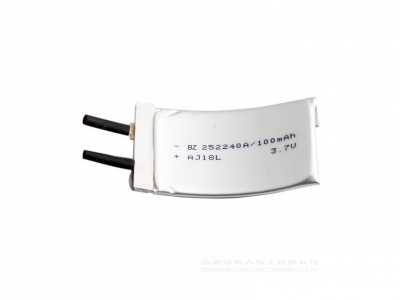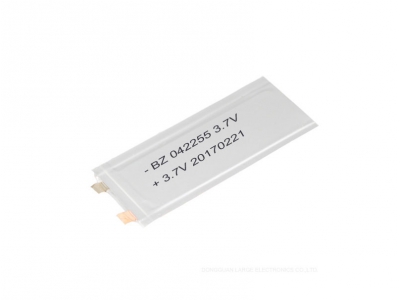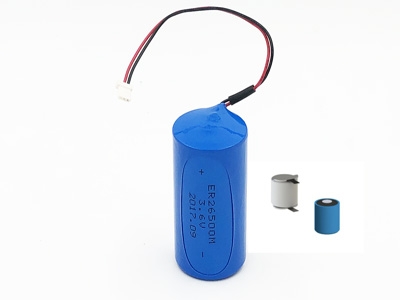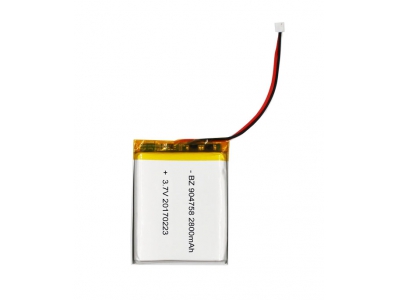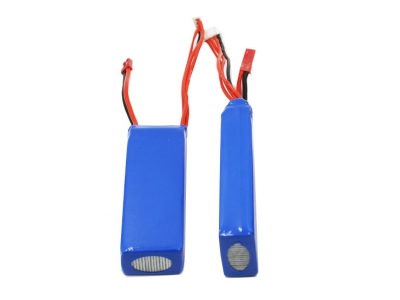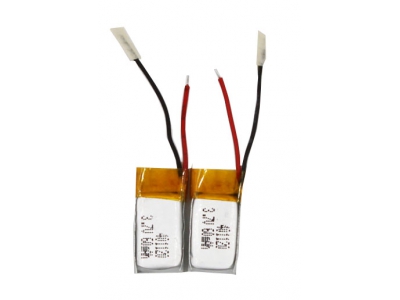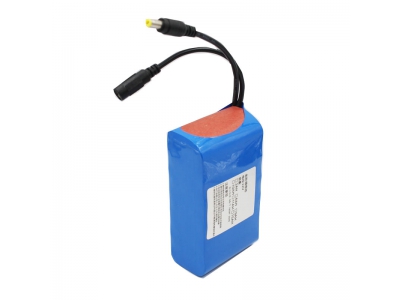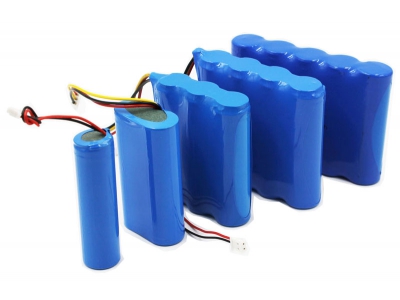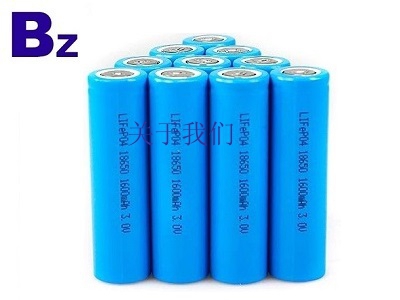What is the material of lithium battery
Strictly speaking, lithium batteries are divided into two types: lithium metal batteries and lithium ion batteries. This is defined in terms of the presence of lithium, which uses metal lithium as an electrode and a lithium ion battery in an ion form at the electrode.
Lithium metal batteries generate electricity by corrosion or oxidation of metallic lithium. When used up, they are discarded and cannot be charged. Therefore, they are also called primary batteries. Lithium-ion batteries use the difference in concentration of lithium ions for energy storage and discharge. Metal lithium is not present in the battery, so it is also called lithium secondary battery. Currently used in mobile phones, cameras, power tools, electric vehicles, energy storage, communication base stations and other rechargeable lithium batteries, are lithium-ion batteries. Most commonly used lithium batteries in the market are lithium-ion batteries, and everyone is used to abbreviate as lithium batteries. Lithium batteries are also mainly referred to as lithium-ion batteries.
First, lithium battery classification
1. Two classification methods used in the market: classified according to the pole piece material and classified according to the product appearance.
A, classified by pole piece material
Cathode material: lithium iron phosphate battery (LFP), lithium cobalt oxide battery (LCO), lithium manganese oxide battery (LMO), (binary battery: lithium nickel manganese oxide / lithium nickel cobaltate), (ternary: nickel cobalt manganese Lithium acid battery (NCM), nickel cobalt aluminum aluminate battery (NCA)
Anode material: lithium titanate battery (LTO), graphene battery, nano carbon fiber battery
Regarding the graphene concept on the market, it mainly refers to a graphene-based battery, that is, a graphene paste is added to a pole piece, or a graphene coating layer is added to a separator. Lithium nickelate and magnesium based batteries are basically non-existent in the market.
B, classified by product appearance
Divided into: cylindrical, soft bag, square.
Cylindrical and square outer packagings are mostly steel or aluminum. The outer packaging of the soft bag is an aluminum plastic film. In fact, the soft bag is also a square. The market is accustomed to packaging the aluminum plastic film as a soft bag, and some people refer to the soft battery as a polymer battery.
For cylindrical lithium-ion batteries, the model is typically 5 digits. The first two digits are the diameter of the battery and the middle two digits are the height of the battery. The unit is millimeters. For example, a 18650 lithium battery has a diameter of 18 mm and a height of 65 mm.
C, according to the difference of electrolyte materials
Lithium-ion batteries are classified into liquid lithium ion batteries (LIB) and polymer lithium ion batteries (PLB).
Liquid lithium-ion batteries use liquid electrolytes (mostly current power batteries). Polymer lithium-ion batteries are replaced by solid polymer electrolytes, which can be either "dry" or "colloidal", and most currently use polymer gel electrolytes. With regard to solid state batteries, strictly speaking, both the electrodes and the electrolyte are solid.
D, classified by battery practical performance
Power battery and energy battery: Energy-based batteries are characterized by high energy density and are mainly used for high-energy output. Power-type batteries are characterized by high power density and are mainly used for batteries with instantaneous high-power output and output. Power-energy lithium batteries have emerged with the advent of plug-in hybrid vehicles. It requires the battery to store higher energy, can support pure electric driving for a distance, and also has better power characteristics, and enters the hybrid mode when the battery is low.
Simple understanding, the energy type is similar to the marathon player. It requires endurance, that is, it requires high capacity, and it does not require high current discharge performance. Then the power type is a sprinter, and it is a bursting force, but there is also endurance, otherwise the capacity is too Small will not run far.
Second, lithium battery material composition
Four main materials: cathode material, anode material, separator, electrolyte
Auxiliary materials: NMP, copper foil, aluminum foil, aluminum cover, conductive agent, adhesive, other (EMD).
Third, the production process
The manufacturing process of lithium batteries can be divided into four main processes: electrode production, battery assembly, activation detection and battery assembly. Among them, the electrode sheet comprises a positive electrode sheet and a negative electrode sheet, and the main steps include steps of batching, stirring, coating, rolling, slitting and tabs.
Fourth, the equipment required for production
According to the production process of lithium-ion batteries, lithium-ion equipment can be mainly divided into front-end equipment, mid-end equipment and back-end equipment.
The front-end equipment is mainly for the electrode production process, including vacuum mixers, coaters, roller presses and slitting machines. The coating process requires that the agitated slurry be uniformly coated on the metal to a thickness of less than 3 μm. The slitting needs to ensure that there is no burr on the surface of the slice, otherwise the subsequent process will be greatly affected. Therefore, the front-end equipment is the core equipment for battery manufacturing, which is related to the quality of the entire production line.
The mid-end equipment mainly covers the assembly process of the battery core, and mainly includes a winding machine or a laminating machine, a battery core-in-the-shell machine, a liquid filling machine, and a sealing welding device.
The back-end equipment mainly covers processes such as cell activation, component detection, and assembly into a battery pack. Relatively speaking, the machines in the middle and back end equipment such as casing, sealing and inspection are relatively simple and the technical requirements are not high.
Five, lithium battery application
They are mainly divided into three major blocks: digital, power, energy storage.
Digital: mobile phones, tablets, laptops, electric toys, MP3/MP4, headphones, charging treasures, model airplanes, mobile power supplies, etc.
Power category: mainly refers to electric vehicles, electric bicycles, new energy vehicles, etc.
Energy storage: mainly used in base station power, clean energy storage, grid power storage, home optical storage system.
I believe that lithium batteries will have a wider range of applications in the future.






